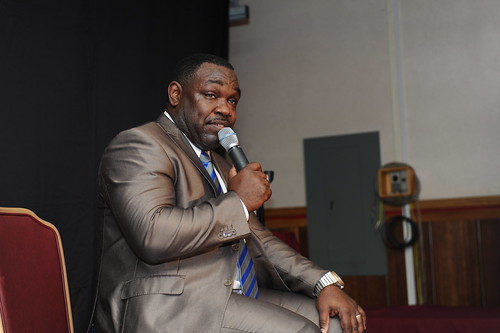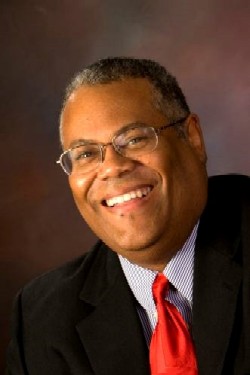Leaders As Agents Of Change
Posted by Mitch Mitchell on Dec 3, 2015
In the previous article, I spent time talking about gangs and why they can be so prominent in local communities. That wasn't a post about gangs but about leadership. I'm using the community as an example of how leadership is seen by many people there, but I wouldn't want anyone to think that's how the entire community sees it. I felt I should make that distinction clear so that no one thinks I'm saying that gangs are good.
 |
With that in mind, let's look at a couple of ways that agents of leadership change can take place that might help to show a better way of being a leader, either in the community, job community or in one's personal life. After all, it's better trying to find positive things to get people following rather than negative things, and both of these are not only integral to the communities but to business and life in general.
The first concept I'm going to talk about is the act of stepping forward, putting oneself out there so others can see them. This ties in with the first point I made last time about leaders being more visible. In this case, it's not just having a leader being visible, but having the courage to step forward and be seen as either a leader or an agent of change.
In black communities, often its religious leaders who take this step forward. From my perspective, that's not close to being enough because it's not the intention of a majority of people to want to be a religious leader. So, you have to offer a different type of option.
When I was part of the organization that we called People of Color, our hope was that we could show something entirely different to young people who were still in school so they could see that there were other ways of being successful that were safer and gave them more control of their lives than being in a gang. We dressed well whenever we had our meetings, as we held them at one of the local elementary schools. It didn't matter what we did, and even our levels of success didn't matter as much as what we presented, or hoped to present to the children.
That action leads to the second concept, which is active leadership. We had some great plans that we never got to push through for one reason or another. However, a couple of our members did have the opportunity to do some of these things at special events.
In this particular instance I can look back to when I was in school in Kansas City back in 1970. The kids in our community didn't have much to look forward to, and almost all of them were leaving a pretty rough life. However, the year I was there it was decided that the school would have an entry in the city's science fair, which would be the first ever for that school. We decided to do a presentation on the eye. Five of us came up with the concept, figured out how to design something so that it looked like an eye, and put the information together so that our presentation would be visually stunning.
The vice principal of the school was our mentor on this project, and in my memories, for a fifth grade project where some of the people on the team had more talent than education, we put together a pretty good presentation that won us a blue ribbon. It was a pretty audacious project for that school, and yet it seemed to uplift a good number of students because the school was recognized for something academic for the very first time. Although I left that school in the middle of sixth grade, I always wondered if the school kept building on what we started the previous year.
Both of these concepts are something that I tried to employ when I was an every day director years ago, and something that I still try to do whenever I'm in an interim position. I always figure I'm not there just to keep a seat warm. If I can't try to make things better for the people who are working there during my time, them I feel I've done a disservice to them, the organization and my reputation.
Leaders as agents of change; what's your thought on that?

